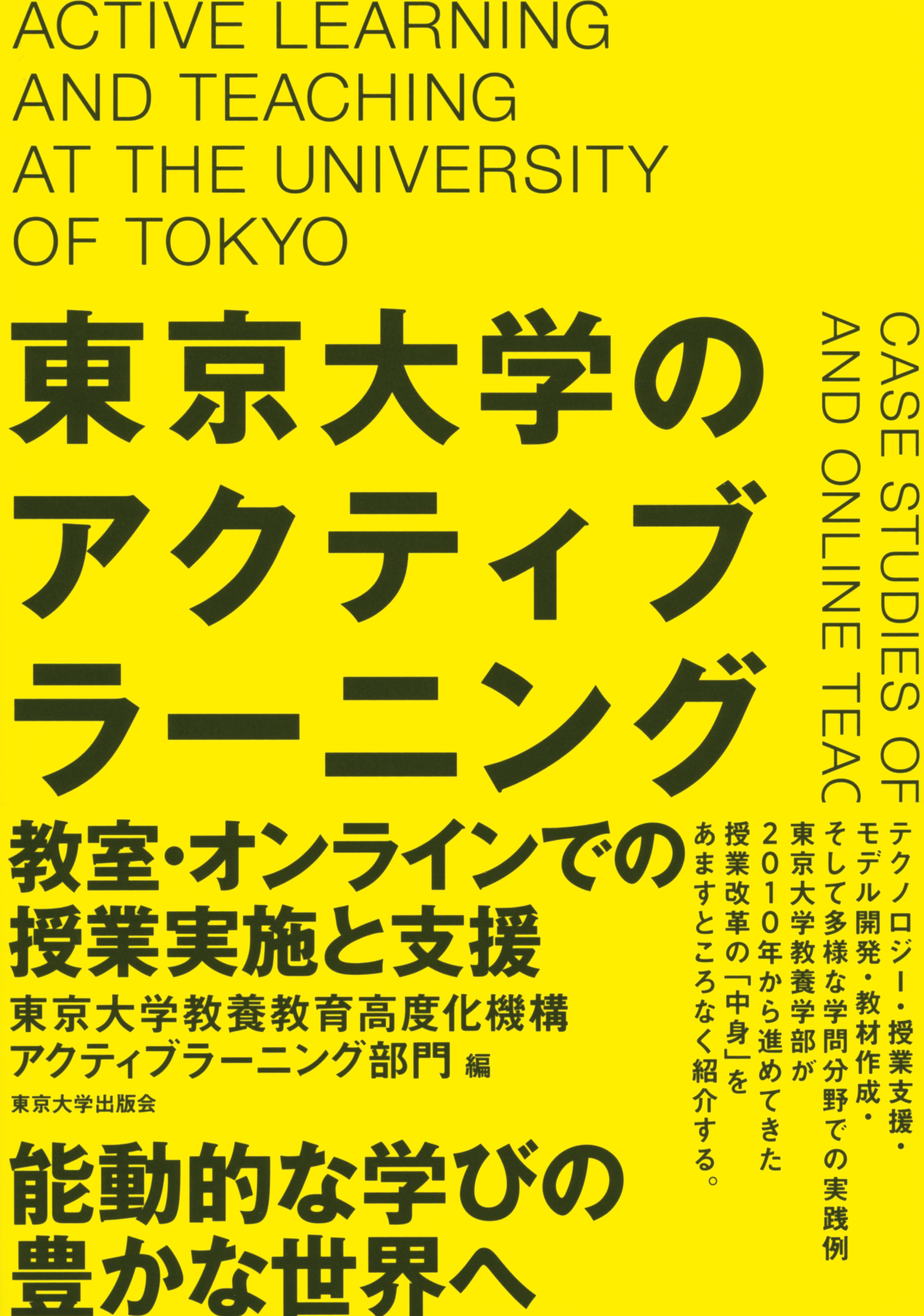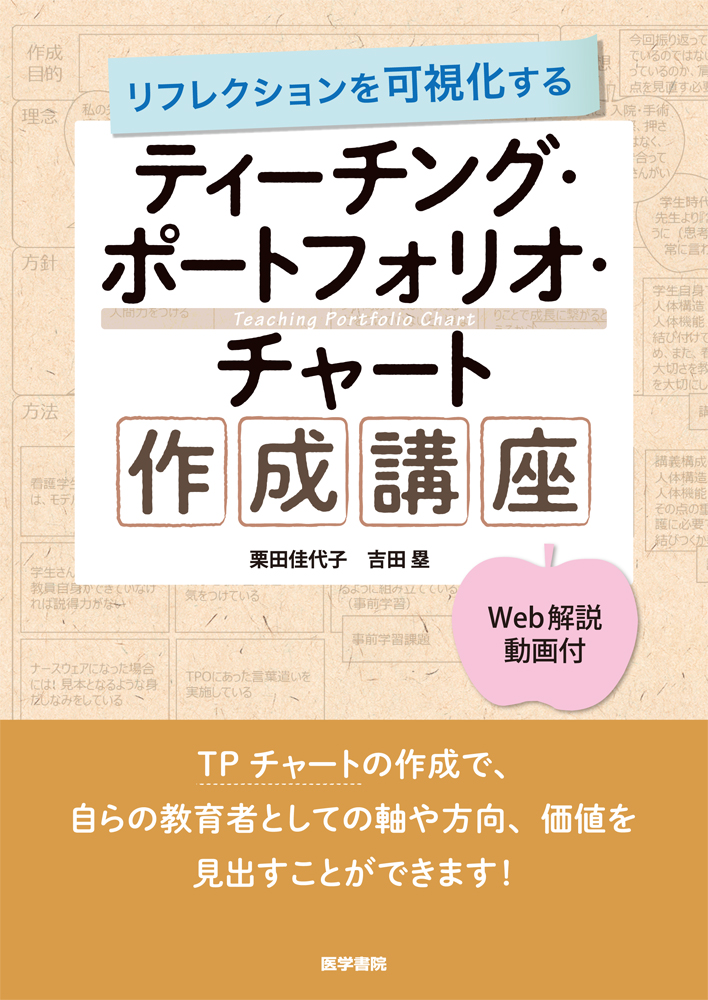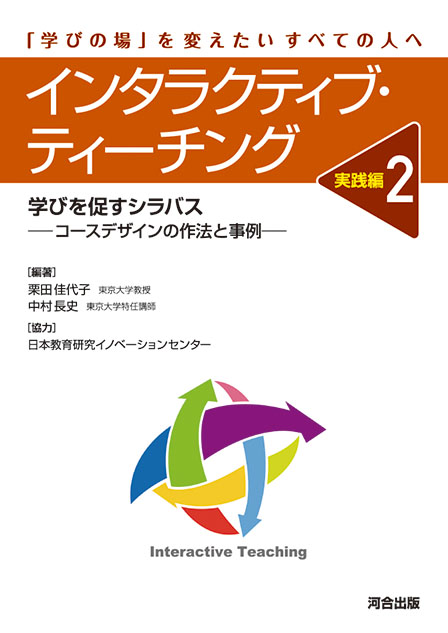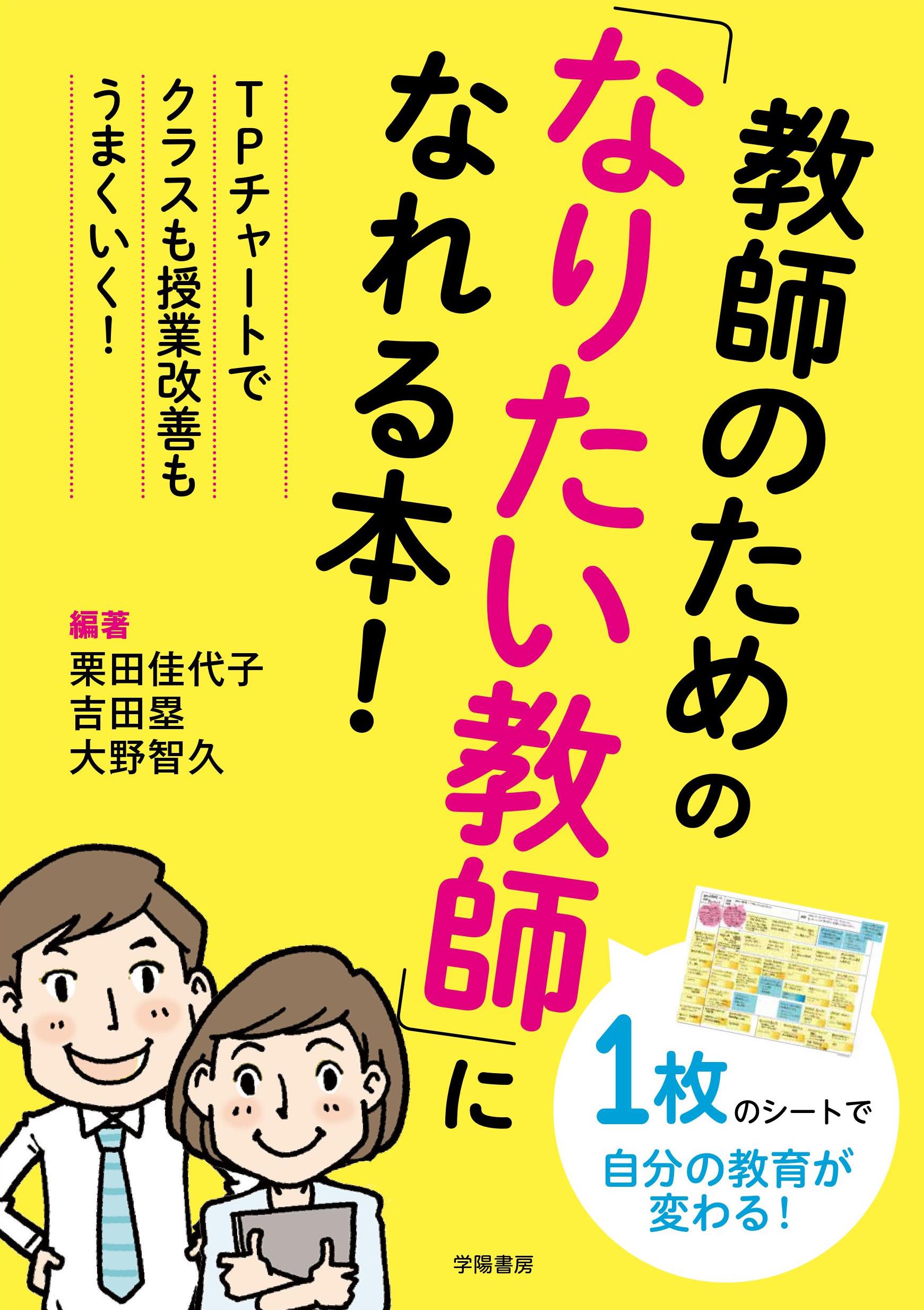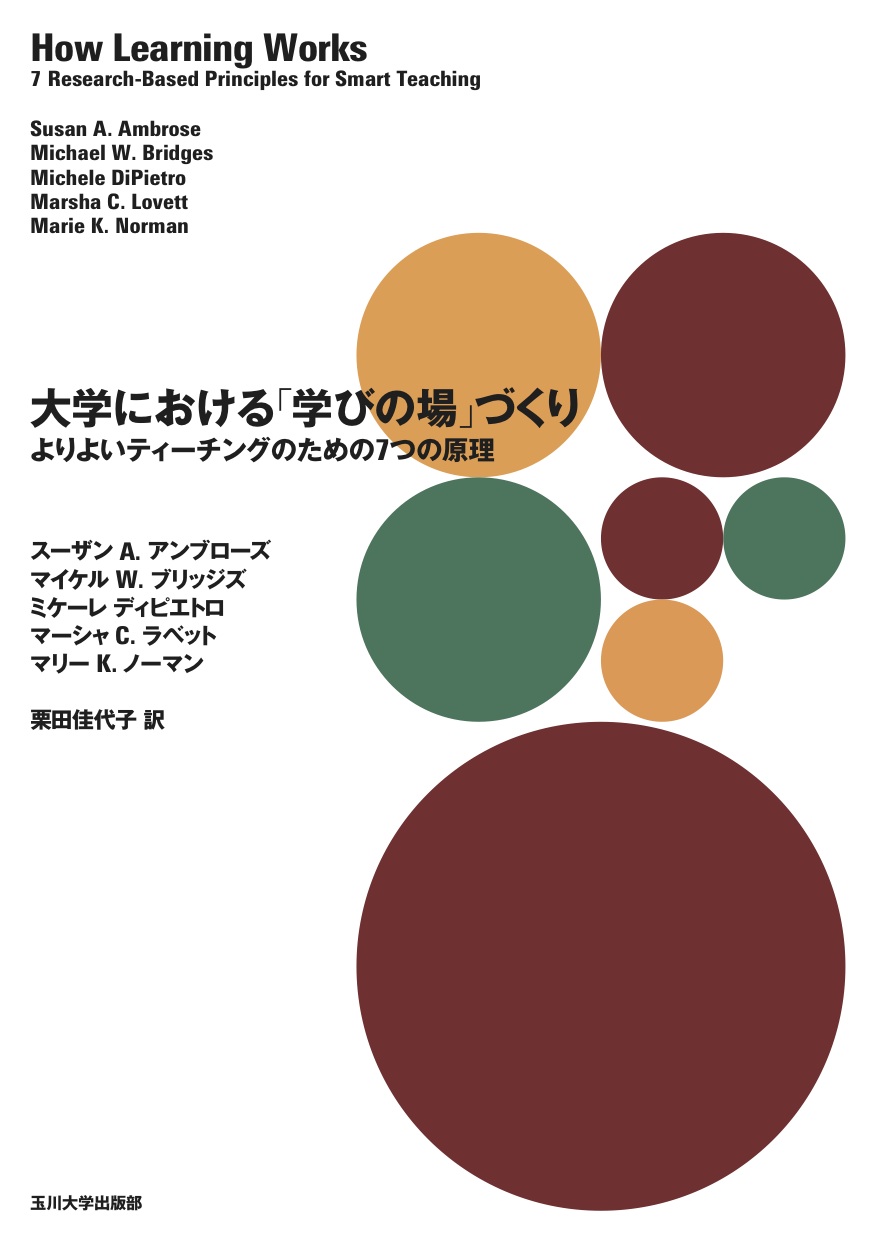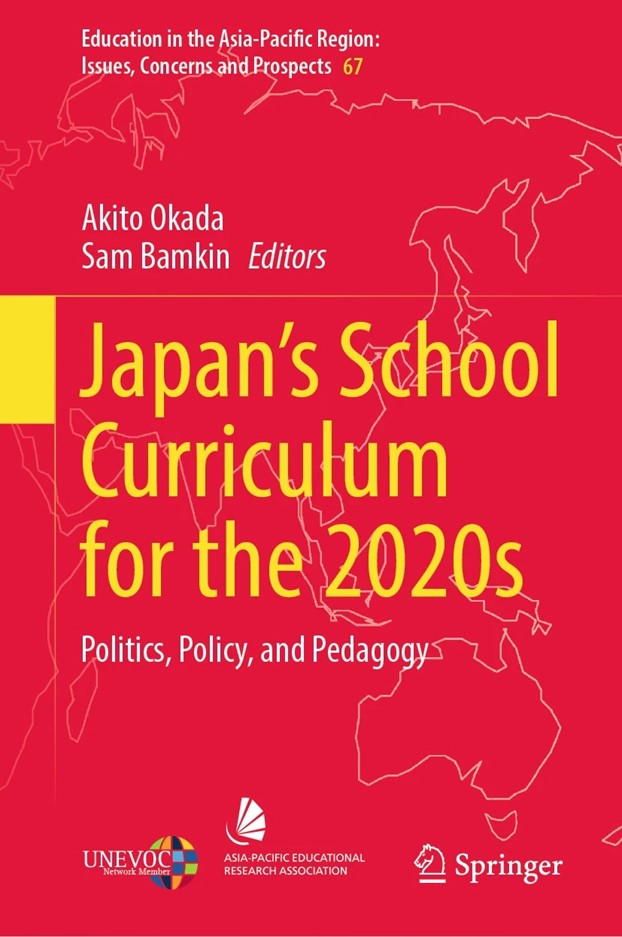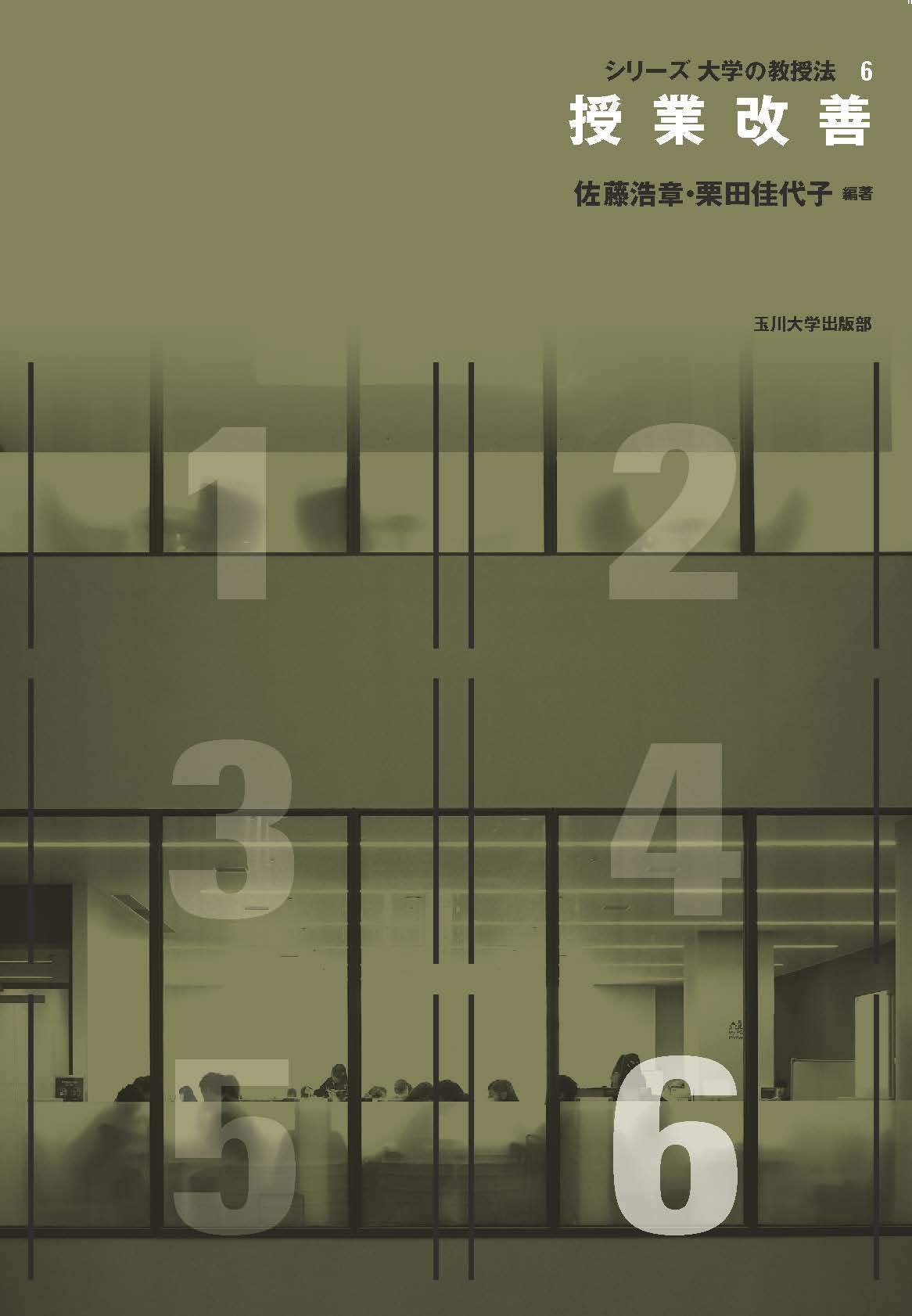
Title
University Teaching Methods Series, No. 6 Jugyo-Kaizen (Class Improvement)
Size
216 pages, A5 format
Language
Japanese
Released
March 30, 2021
ISBN
9784472405365
Published by
Tamagawa University Press
Book Info
See Book Availability at Library
Japanese Page
Social globalization and technological innovation are having a major impact on education. Active learning and online learning are bringing about daily changes in university classes. We are now right in the middle of having to give classes that are completely different from the ones we took ourselves. In these times of rapid change, what is required of us as university teachers is to constantly review the classes we teach and continually improve them.
On the other hand, it is also true that university teachers are expected to achieve increasingly higher results in research these days. Under these circumstances, I think the true feeling of university teachers is that, although they understand that class improvement is necessary, actually engaging in such activities is difficult both timewise and mentally.
While there is the view that education and research are opposed to each other, there is also the view that sees them as continuous. In other words, the idea is that class improvement can be seen as a research activity at the same time as it is an educational activity. The process of asking how to facilitate and deepen student learning, and then improving classes in order to seek answers to this question is in itself a research activity. By not only conducting the research individually, but also collaborating with others, the value of the research is amplified, and may lead beyond improvements in the classes of individual teachers to improvements in faculties or the whole university, or spread to universities nationwide and around the globe. Moreover, the results of the research are directly returned to the students in front of you. In this way, class improvement is also an activity that makes you feel the same kind of joy as research.
In this book, we first clarify the significance and value of these class improvements. The goal is to indicate concrete methods for carrying out class improvements and provide systematic knowledge and skills necessary for improving classes.
Even for university students, who are still on the learning side, this book, which helps university teachers take small steps toward class improvement and continue those steps for the rest of their careers, will provide an opportunity to learn about the actual practice of class improvement.
In Part 1, the background and significance of class improvement and related basic knowledge and theories are introduced. First, the background to the need for class improvement is taken up, and then the significance of class improvement and its relationship with the career development of teachers are discussed (Chapter 1). The three concepts of educational skills, knowledge, and principles are then explained (Chapter 2). After taking an overview of theories of class improvement, the LTA model used throughout this book is proposed (Chapter 3).
In Part 2, methods for observing and analyzing classes are introduced. This section takes up methods for recording classes (Chapter 4), conducting class evaluation questionnaires (Chapter 5), and observing and analyzing student learning outcomes (Chapter 6).
In Part 3, methods for altering classes are taken up. How to alter classes to stimulate the desire to learn and achieve goals (Chapter 7), to make classes more efficient (Chapter 8), and to change the syllabus (Chapter 9) are discussed.
In Part 4, we take a look at how to deepen class improvement. We begin by discussing how to create a teaching portfolio (Chapter 10), then turn to how to transform class improvement into research (Chapter 11), how to implement class improvement with colleagues (Chapter 12), how to improve classes by working with experts (Chapter 13), and how to connect class improvement with curriculum improvement (Chapter 14).
Part 5 contains resources such as tools, examples, and methods that can be used to improve classes.
(Written by KURITA Kayoko, Professor, Graduate School of Education / 2021)



 Find a book
Find a book


 eBook
eBook